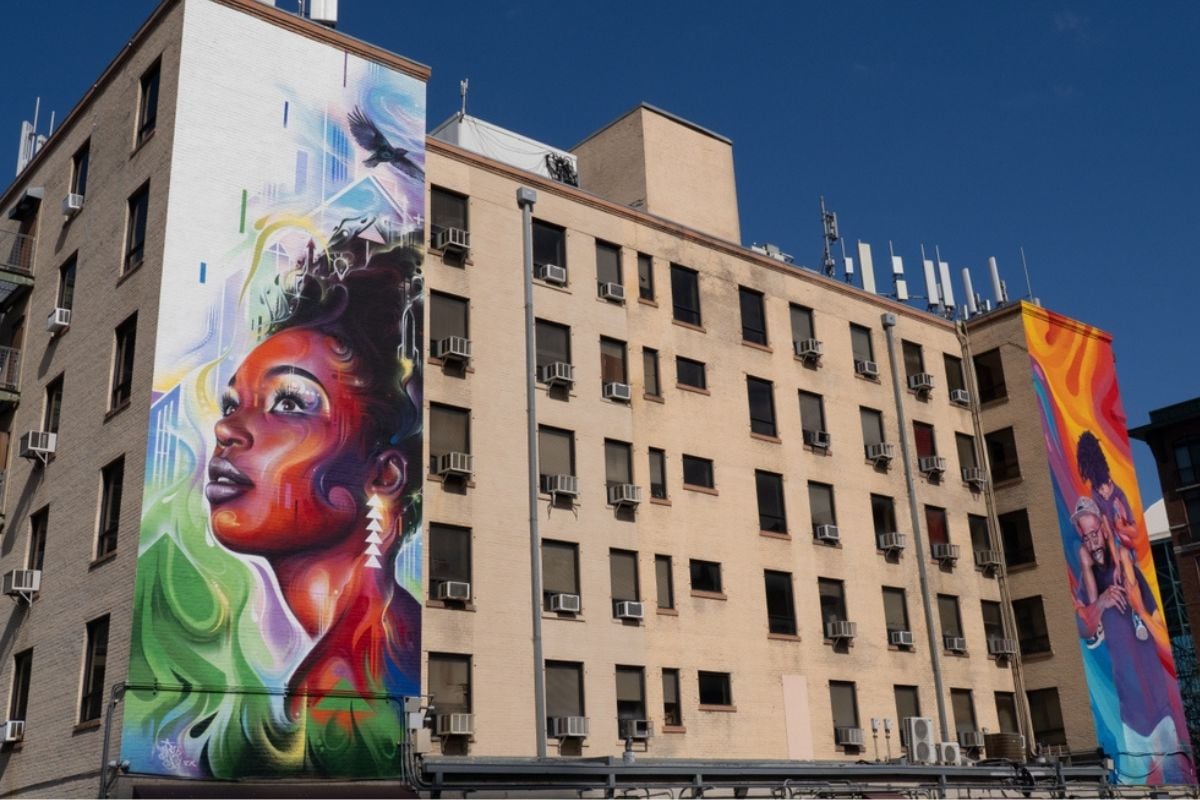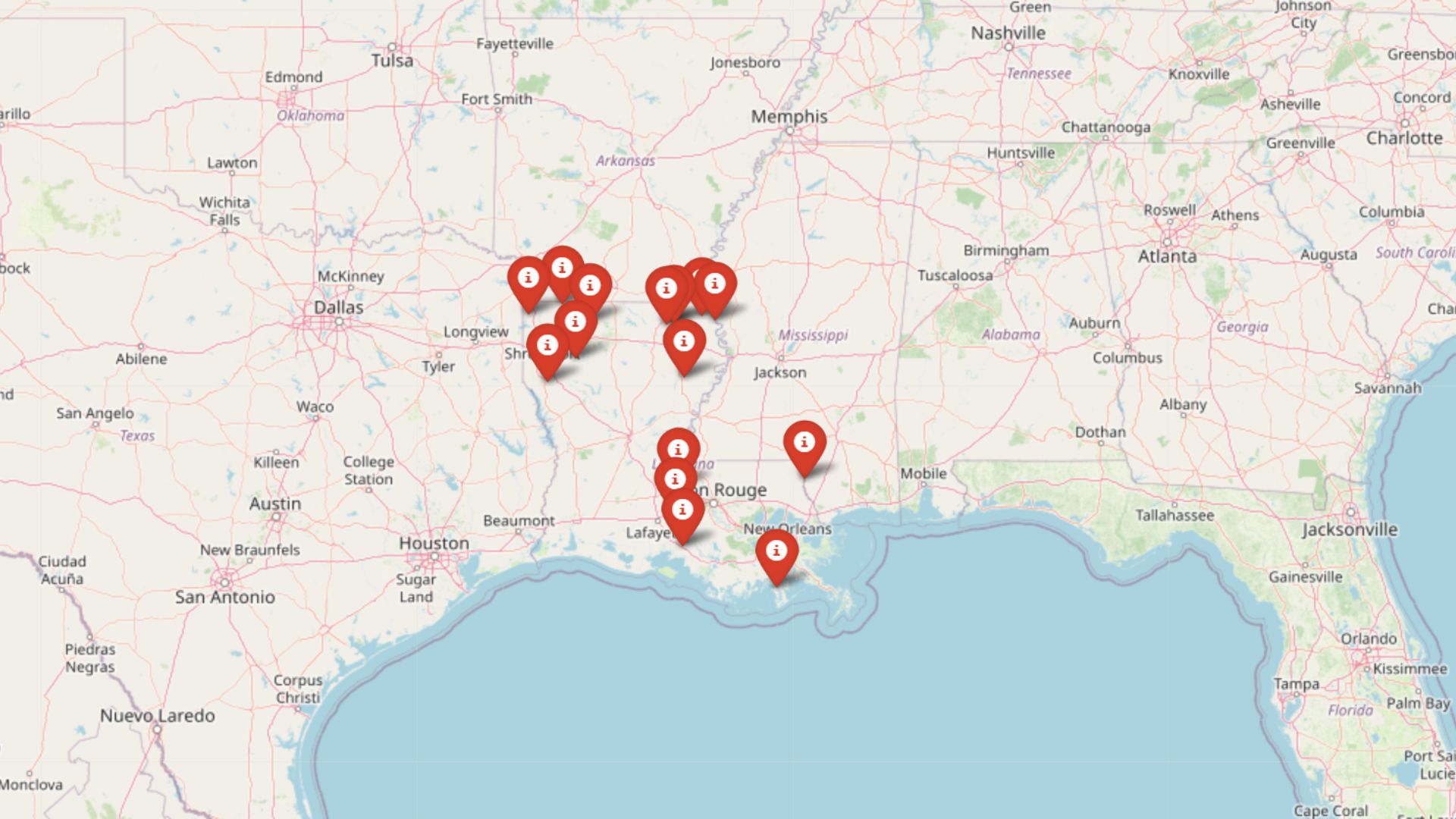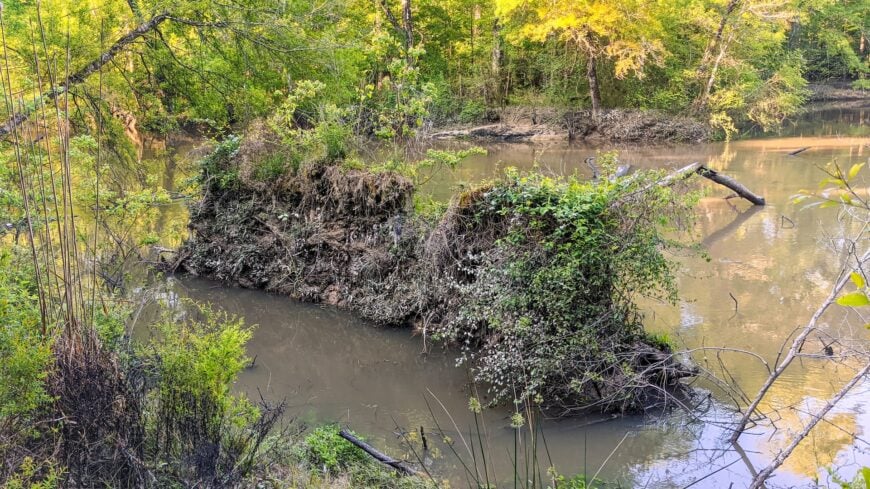
There are towns in Eastern Louisiana that feel more like a pause than a place settled gently between forest shadows and old parish roads. They don’t announce themselves, but you feel them in the way the trees lean, the way the light falls just right on a weathered roof.
These are quiet towns, content in their rhythm, untouched by rush or reinvention. For those who value stillness, or the kind of beauty that doesn’t ask to be admired, these 25 places offer something rare: room to breathe.
25. Norwood: Whispered Solitude in Feliciana Pines
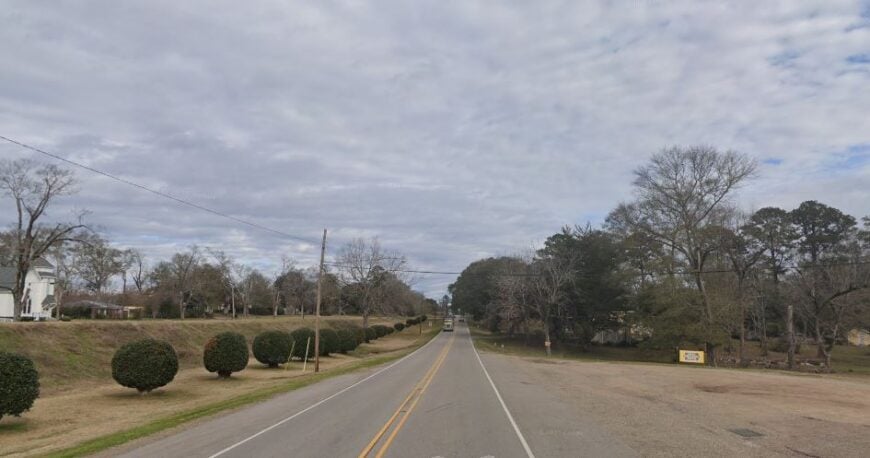
Norwood is the kind of town that disappears into the pines if you’re not watching closely. With fewer than 400 residents, this hidden gem offers deep serenity and a hush that seems to hang in the air like mist.
It sits among tall trees, pastures, and unmarked dirt roads where you’ll rarely cross another soul. I enjoy sitting under the oaks here, listening to cicadas and soaking in the unfiltered quiet.
The land is open and untouched, perfect for those who crave a true off-the-map retreat. There are no big stores, just open skies, wooden fences, and long, winding gravel drives.
Where is Norwood?

Norwood is located in East Feliciana Parish, north of Clinton near the Mississippi border. The town is accessible via LA-19 but feels far removed from even the most rural highways.
Driving into Norwood, the landscape thickens with dense forest and pastures, and the digital world slowly slips away. It’s a perfect hideaway in the northernmost edge of the parish.
24. Mount Hermon: Hillside Solitude with a Homestead Feel

Mount Hermon is a scattered rural community where homes rest quietly along shaded roads and farmlands stretch far. I find its lack of structure to be a part of its charm—nothing is hurried, and everything feels earned.
There are no stoplights or strip malls here, only churches, feed stores, and family-run farms. The rhythm of life follows the sun, not the clock.
This community isn’t on many maps, which is exactly what makes it such a well-kept secret. It’s a town where every breeze feels like a whispered welcome.
Where is Mount Hermon?

Situated in northern Washington Parish, Mount Hermon lies northwest of Franklinton, near the Mississippi line. It’s reached by meandering state highways flanked by open farmland and forest.
You’ll likely pass cattle gates and pine woods before spotting any signage. The area’s distance from larger routes grants it a deep sense of calm and undisturbed natural beauty.
23. Pride: Where Forests Embrace the Edges of Life

Pride is more than a name—it’s a spirit that fills this unincorporated stretch of wooded countryside. With no real center, it sprawls quietly across East Baton Rouge Parish’s northeastern corner.
I love walking the old gravel roads here, lined with wildflowers and tall trees. The peace feels uninterrupted, like time decided to pause in this pocket of Louisiana.
Few businesses operate here; instead, it’s a land of homes tucked between pines and tiny creeks. It’s the kind of place that makes solitude feel sacred.
Where is Pride?

Pride lies just southeast of the East Feliciana line, hidden along Highway 955 near Comite River. While technically part of East Baton Rouge Parish, it feels far from any suburban sprawl.
Getting here involves winding drives through shaded corridors and infrequent road signs. Pride remains unbothered by growth, holding tight to its identity as a quiet backwoods enclave.
22. Tickfaw: Hidden Between Riverbanks and Bayous

Tickfaw might be known to a few for its namesake state park, but the village itself is a world apart. The streets are quiet, framed by shady trees and the occasional heron gliding overhead.
I enjoy stopping by old general stores and watching life move slowly along the bayou. There’s little traffic, no noise—just the hum of insects and the hush of running water.
With fewer than 700 residents, Tickfaw offers a peaceful blend of wetlands, pine forests, and southern hospitality that feels untouched by time.
Where is Tickfaw?

Tickfaw is located in Tangipahoa Parish, west of Hammond, and is accessible via US-51. Despite its proximity to the interstate, the village remains enveloped in woodland and marsh.
The Tickfaw River and nearby park buffer the town from outside influence. It’s a perfect base for quiet exploration—either by foot or by kayak.
21. Clifton: Serenity Along the Bogue Chitto

Clifton is an unincorporated community you might miss if you blink—but its charm lingers long after you’ve left. The nearby Bogue Chitto River defines life here, slow and flowing.
I like to picnic by the riverbanks and listen to the breeze dance through the trees. You won’t find much commerce here, just family homes, small churches, and open fields.
It’s a world of simple pleasures and wooded quiet, nestled far from any signs of modern rush.
Where is Clifton?

Clifton is in Washington Parish, a few miles northwest of Franklinton. It’s near Louisiana Highway 25 but tucked back along rural roads closer to the river.
Reaching it means following forest-lined routes and low-lying bridges. It feels suspended between land and water—its quiet presence almost mythical in its stillness.
20. Greens Creek: A Hamlet Wrapped in Pines

Greens Creek feels more like a whispered rumor than a town. It’s small and tucked away in pine-covered hills, where cabins outnumber stores and deer often outnumber people.
I find it restorative just to breathe here. The air is scented with pine needles and wild herbs, and you’re more likely to hear frogs than a car.
It’s the kind of place where silence has texture, and every breeze carries the echo of stillness.
Where is Greens Creek?

Greens Creek sits in rural St. Helena Parish, near the border with Tangipahoa. It’s not far from Easleyville, but even locals sometimes forget it’s there.
To get there, I take small parish roads that wander through dense woods and past sleepy homesteads. This forested retreat is easy to miss and hard to leave.
19. Bogalusa Pines: A Forgotten Fringe of Forest and Fog

While Bogalusa gets more attention, the wooded pines that fringe its outskirts are a story of their own. These unincorporated pockets feel like secret neighborhoods the forest took back.
I love driving past moss-covered fences and old shacks softened by time. These woods speak in whispers, offering refuge to those who need quiet without explanation.
This is where people come to be alone—not lonely, just peaceful.
Where is Bogalusa Pines?

Located on the rural edges of Washington Parish, the Bogalusa Pines stretch beyond the city limits into unzoned land and winding dirt roads.
Head west or south from downtown Bogalusa, and you’ll find yourself in another world entirely. The shift from town to thicket happens so subtly, you don’t realize you’ve arrived until everything else falls away.
18. Liverpool: Still Waters and Forgotten Homesteads

Liverpool, a near-vanished settlement, is more memory than mapped place. But those who find it never forget its hushed stillness and tall, watching trees.
I stumbled across it once on a detour, and its quiet roads felt like pages from an old journal. There’s little left in the way of buildings, but the land itself speaks volumes.
Here, the seclusion feels sacred—like nature pressed pause and never hit play again.
Where is Liverpool?

Liverpool lies in northwestern St. Helena Parish, barely marked by road signs or GPS maps. The best access is from Highway 38 via obscure local roads.
It borders dense forests and open pastures that seem untouched for generations. The silence out here is immense, and it cloaks the land in a blanket of peace.
17. Flatwoods: A Forest Settlement in Shadow and Stillness

Flatwoods is the kind of place where pine needles blanket the roads and songbirds provide the morning alarm. Its name suits it—a land of low hills, tall trees, and long silences.
I enjoy the feeling of anonymity here. The homes are hidden behind tree lines, and the forest muffles even the slightest sound.
It’s one of Louisiana’s quietest places, wrapped in woodland like a secret waiting to be kept.
Where is Flatwoods?

Flatwoods lies in East Feliciana Parish, not far from the Mississippi line. It’s south of Norwood, tucked into the shadows off Highway 963.
The area’s elevation is gentle but persistent, offering rare high ground in an otherwise low-lying state. That sense of perch lends Flatwoods its mysterious charm.
16. Manchac: Marshside Solitude at the Edge of Cypress Bayou

Manchac sits at the quiet crossroads of saltwater marsh and cypress swamp, where the even cadence of water lapping against stilted cabins seems to drown out the world beyond. Here, moss-draped trees bow low over old boat slips, and fishermen’s shacks huddle close to the bayou’s edge. The landscape feels suspended in time—each sunrise unveiling fog that clings to the reeds and each sunset setting the water alight in molten gold.
You’ll find no strip malls or traffic lights in Manchac—just a drivable ribbon of Highway 51 that threads between tangled marsh grass and ancient oaks. In the early morning, I watch waterbirds drift across the glassy surface, their reflections punctuating the hush with ghostly shapes. By afternoon, the sun burns low, and the whole place glows with heat, as if the earth itself has exhaled.
At night, the chorus of frogs and cicadas seeps through the walls of your cabin, reminding you that this is a living, breathing wilderness. With fewer than a hundred year-round residents, Manchac’s true charm lies in its absence of crowds—here, even a simple ferry crossing over Pass Manchac feels like an intimate pilgrimage.
Where is Manchac?

Manchac (also known as Akers) occupies a narrow isthmus between Lake Maurepas and Lake Pontchartrain, roughly halfway between New Orleans and Hammond on US-51. This low-lying stretch of land is crisscrossed by bayous and drainage canals, accessible by a single two-lane highway that skirts the wetlands.
To reach it, follow I-10 east from New Orleans to the Hammond exit, then head south on US-51. As the pavement dips toward the water, the marsh opens up on either side, and you’ll know you’ve arrived when the moss-hung cypress trees begin to crowd the road. The sense of seclusion is immediate—one moment you’re in suburbia, the next you’re deep in the throes of Louisiana’s bayou country.
15. Independence North: Hidden Fields Above the Town Line

While Independence is known for its Italian heritage, the quieter lands north of town offer a completely different feel. I often escape to these outer reaches, where cane fields stretch wide and pine groves ripple with wind.
There’s a stillness here that doesn’t exist in town—the kind born of distance and open sky. Small farms dot the area, and neighbors are spaced by acres, not fences.
It’s not a separate town by name, but its atmosphere makes it a retreat all its own.
Where is Independence North?

North of Independence in Tangipahoa Parish, this area rests near the edges of LA-442, stretching toward Montpelier.
Reaching it involves following country roads away from Highway 51. The terrain transitions from clustered homes to wide fields and thick forests, giving the area its serene identity.
14. Pine Grove: Sunlit Meadows and Forest Breezes

Pine Grove feels like a postcard that never got mailed—quiet, sun-drenched, and unspoiled. It’s a small community with a scattering of homes and a whole lot of space between.
I love visiting in spring, when the meadows burst with wildflowers and the breeze carries birdsong through tall pines. There’s no downtown, no gas station—just a place where people live slowly and deliberately.
Its distance from anything urban gives it the kind of quiet that can’t be faked.
Where is Pine Grove?

Pine Grove is located in St. Helena Parish, northwest of Montpelier and south of Greensburg. It’s accessed via LA-43, then down parish-maintained roads.
You’ll know you’ve arrived when the pavement narrows and cows outnumber cars. This hidden gem lies folded between wooded corridors and quiet fields.
13. Magnolia: A Tiny Crossroads with Timeless Grace

Magnolia isn’t much more than a few homes and an old church, but it’s one of the most peaceful corners I’ve found. Tucked into the trees, it holds the scent of moss and memories.
I visit often to drive its looping backroads, where old farmhouses lean gently into the landscape. It’s the kind of place that hasn’t changed in decades—and shouldn’t.
Here, seclusion is more than a setting—it’s a way of being.
Where is Magnolia?

Magnolia is an unincorporated spot in East Feliciana Parish, south of Norwood and just west of Pride.
The area is accessible via LA-963, winding through low hills and pine thickets. Its tiny footprint and forest setting make it an ideal escape from modern clutter.
12. Walker’s Hollow: Foggy Trails and Forgotten Orchards

Walker’s Hollow is a little-known community where fog clings to the earth and time seems to pool in the low places. I discovered it by accident and now return often for its eerie quiet.
Old fruit trees dot abandoned properties, and weathered barns lean under the weight of years. There’s poetry in its decay—a peaceful, rustic hush that calms the soul.
It’s a place for wandering spirits and thoughtful silence.
Where is Walker’s Hollow?

This secluded area lies in northern Livingston Parish, near the Amite River and east of Watson. Getting there means leaving main roads and trusting narrow trails.
It sits among dense brush and pine forest, hidden between creeks and hills. Walker’s Hollow is unmarked on most maps—but unforgettable once found.
11. Amite Bluff: Hillside Refuge with River Winds

Amite Bluff rests quietly above the Amite River, where elevation brings breezes and a view of the tree canopy. I come here to watch the water move beneath towering oaks.
Homes are sparse and the roads are slow, winding like the river itself. It’s a peaceful perch where every moment feels suspended in time.
This bluff-side village radiates a rare calm, perfect for long afternoons and deeper breaths.
Where is Amite Bluff?

Located in northeastern Livingston Parish, Amite Bluff hugs a bend in the river just north of French Settlement.
Accessed by backroads from LA-444 or River Road, it feels more like a forgotten retreat than a formal town. Its natural elevation and surrounding forest give it both solitude and serenity.
10. Tangipahoa: Secluded Simplicity Amidst Lush Landscapes
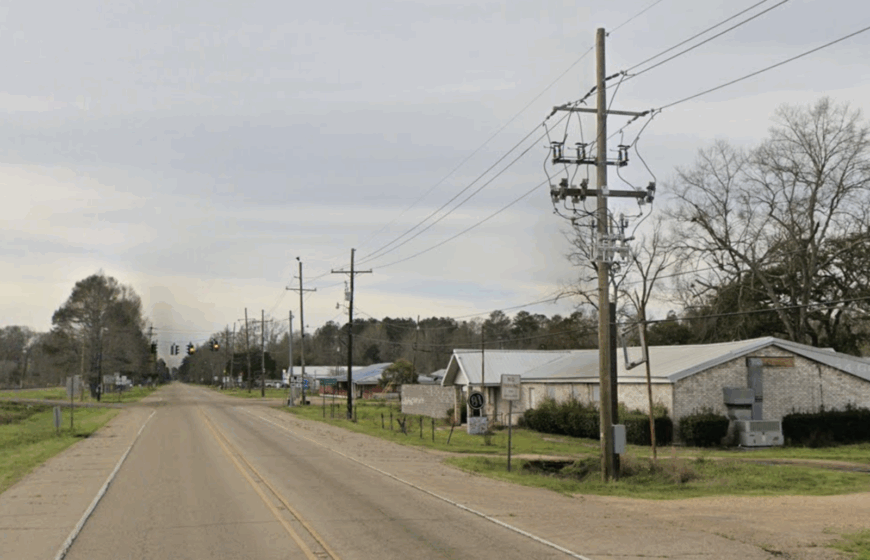
Tangipahoa, a small village with a population of just under 800, captures my heart with its tight-knit community feel. The town is surrounded by expansive green spaces, making it perfect for outdoor activities like hiking and bird watching.
Agriculture is a mainstay here, with local farms contributing to the economy and providing fresh produce to residents.
What makes Tangipahoa truly secluded is its extensive undeveloped areas that offer serene seclusion away from commercial zones. I find that the absence of bustling city life allows for a simplicity that’s both refreshing and rare.
Where is Tangipahoa?
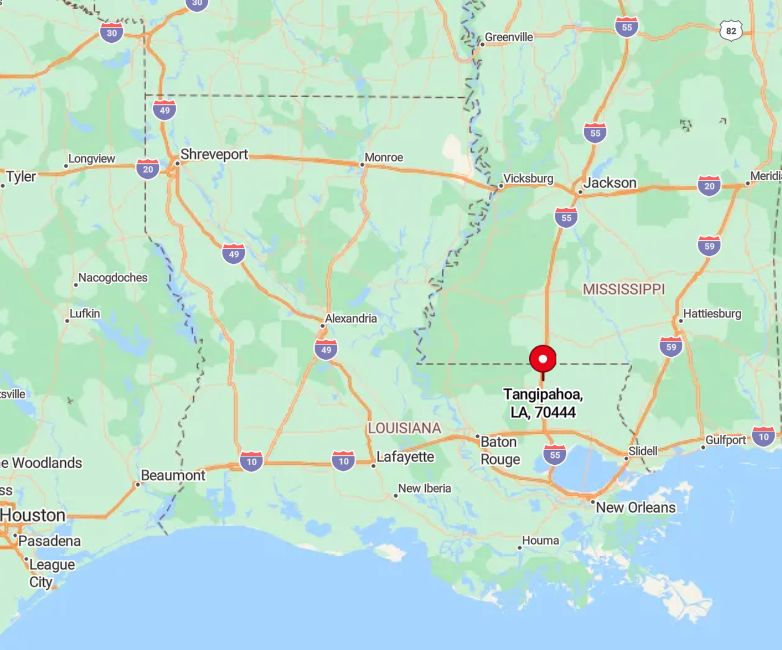
Nestled in Tangipahoa Parish in eastern Louisiana, the village lies just off Interstate 55 but feels worlds away from the highway’s hustle. Its seclusion is amplified by the lush, wooded landscapes that envelop the area, creating natural barriers from larger towns.
To get there, I usually take a leisurely drive through scenic backroads, embracing the gradual transition from urban to rural vistas. This hidden gem’s location makes it a perfect escape for anyone looking to disconnect and immerse themselves in nature.
9. Loranger: Countryside Solitude with a Close-Knit Community
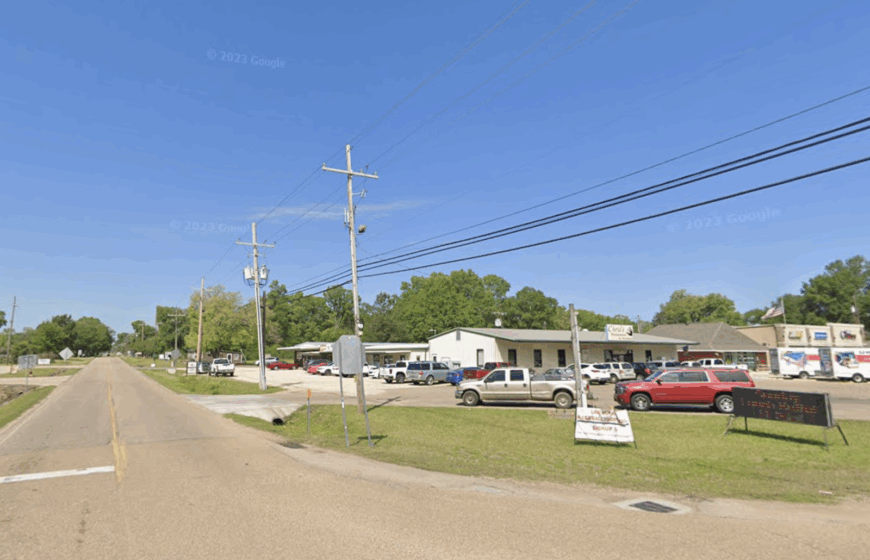
Loranger is an unincorporated community boasting a population of around 6,000 spread across sprawling countryside. I love visiting the local farms and vineyards, where you can taste some of the region’s finest wines and fresh produce. The area doesn’t have a dominant industry, but agriculture and small businesses thrive here.
Its seclusion comes from the large properties and rural setting away from major roads, offering residents and visitors alike a quiet, private lifestyle. The sense of solitude is palpable, yet the community remains warm and welcoming.
Where is Loranger?
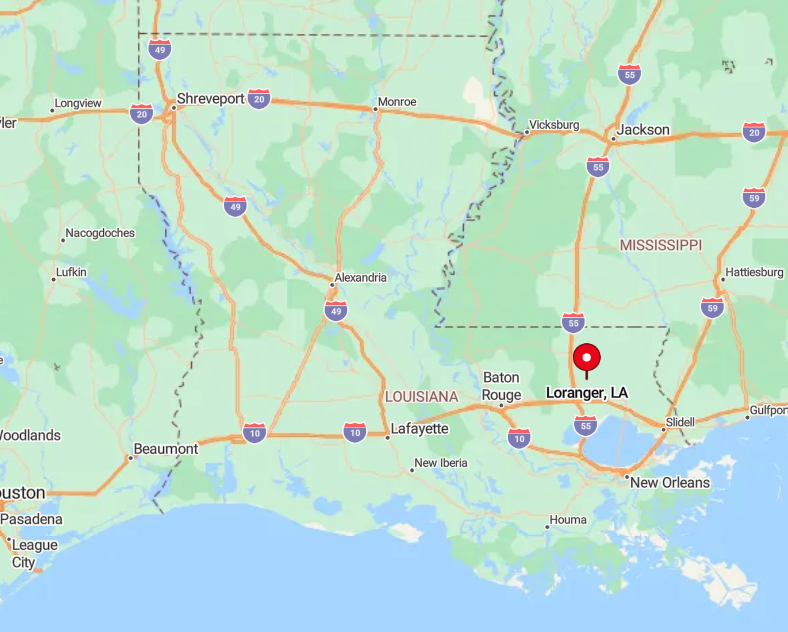
Located in Tangipahoa Parish, Loranger sits northeast of Hammond, tucked away from the main thoroughfares. The lack of major highways cutting through the area adds to its peaceful ambiance.
When I journey to Loranger, I take the scenic routes that wind through forests and pastures, reinforcing the feeling of stepping back into a simpler time. The community’s remote setting makes it an ideal spot for those seeking refuge from the fast-paced world.
8. Husser: Unincorporated Bliss in the Heart of Nature
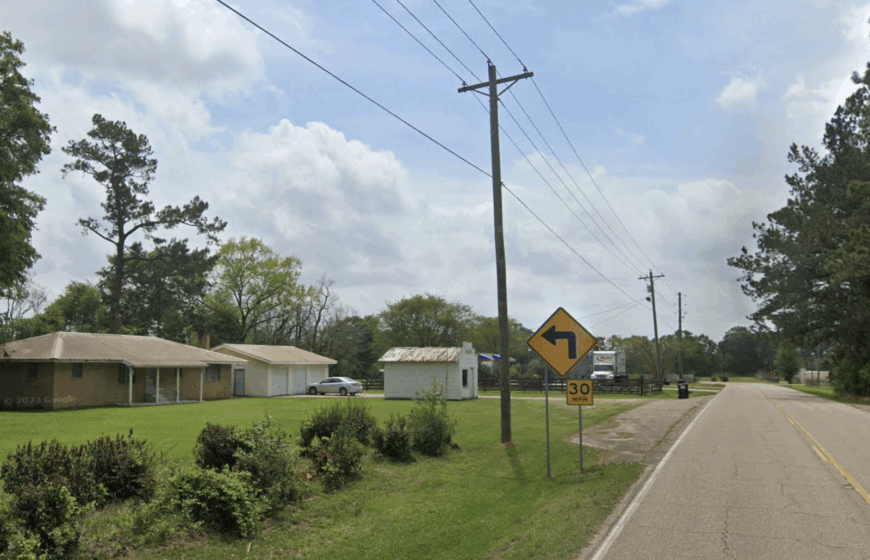
Husser, with its small population scattered across verdant landscapes, is a place where I find unadulterated peace. There aren’t many commercial attractions, but the natural surroundings offer plenty of opportunities for hiking, fishing, and simply enjoying the outdoors.
Since it’s unincorporated, there isn’t a central industry, but local farms and artisans contribute to a modest economy. Husser’s expansive green spaces and minimal development contribute to its secluded, peaceful atmosphere that I find incredibly rejuvenating.
Where is Husser?
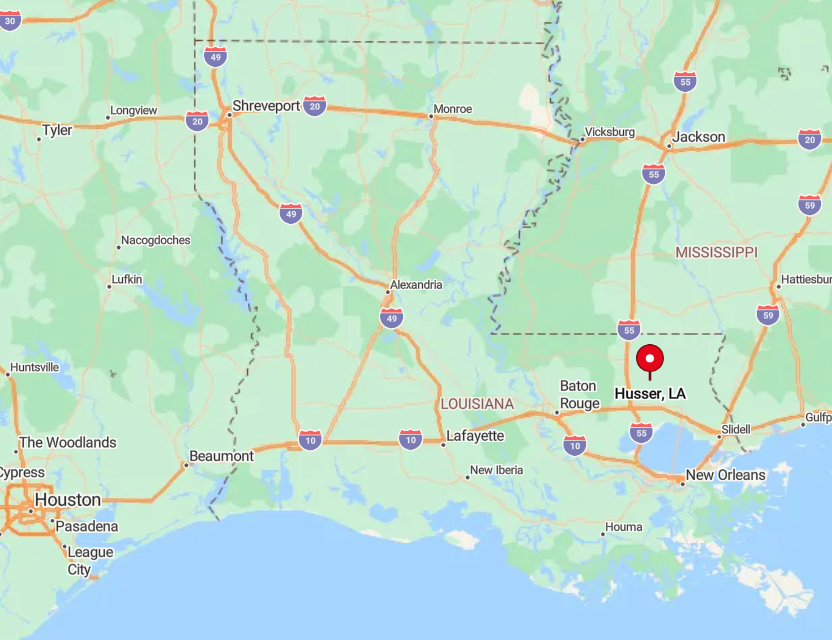
Situated in Tangipahoa Parish, Husser lies north of Robert and west of Loranger. Its unincorporated status means fewer municipal services and regulations, which to me adds to its rustic charm.
Accessing Husser typically involves traveling along country roads that meander through forests and open fields. The area’s seclusion is heightened by these winding routes, making the journey there almost as delightful as the destination itself.
7. Greensburg: Historic Quietude Amidst Rolling Farmlands

With a population of about 700, Greensburg is one of those towns where history whispers from every corner. I enjoy strolling through its historic district, admiring antebellum homes and the classic courthouse square.
Agriculture is a key industry, with local farms dotting the rolling farmlands around town. Greensburg’s remote setting offers a serene environment with ample undeveloped land, making it a haven for those like me who appreciate the blend of history and seclusion.
Where is Greensburg?
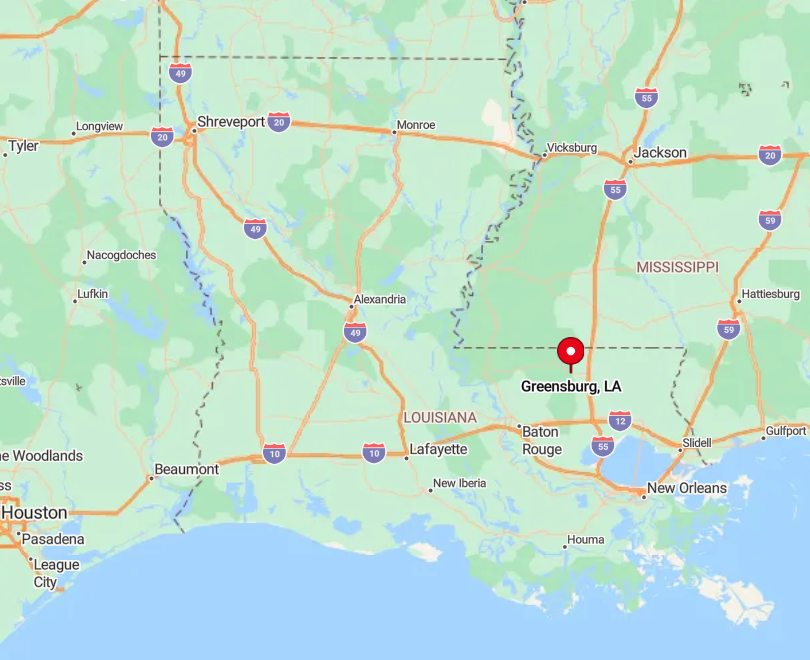
As the parish seat of St. Helena Parish, Greensburg is located in eastern Louisiana, north of Hammond. Its distance from major urban centers enhances its secluded feel, and the surrounding farmland acts as a natural buffer from the outside world.
I usually reach Greensburg via Highway 10, enjoying the peaceful drive through rural landscapes. The town’s location makes it an ideal spot for history enthusiasts and solitude seekers alike.
6. Kentwood: Serenity in Strawberry Country
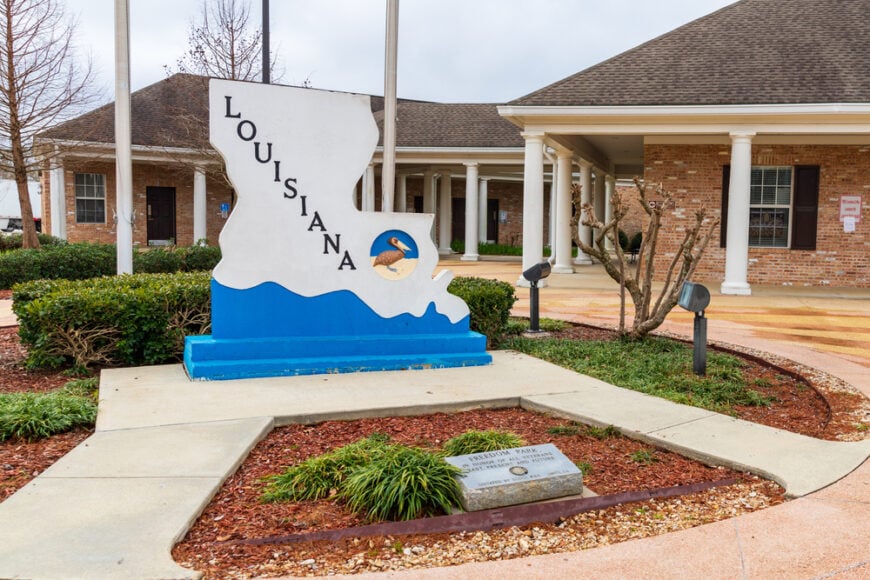
Kentwood, home to approximately 2,200 residents, is often celebrated as the “Dairy Capital of the South.” I love visiting during strawberry season when the town comes alive with local festivals and farmer’s markets.
Agriculture, particularly dairy and strawberry farming, drives the local economy. Its rural landscapes and distance from urban areas make Kentwood a haven for peaceful living. The gentle pace of life and the open skies contribute to its tranquil ambiance that I find so appealing.
Where is Kentwood?
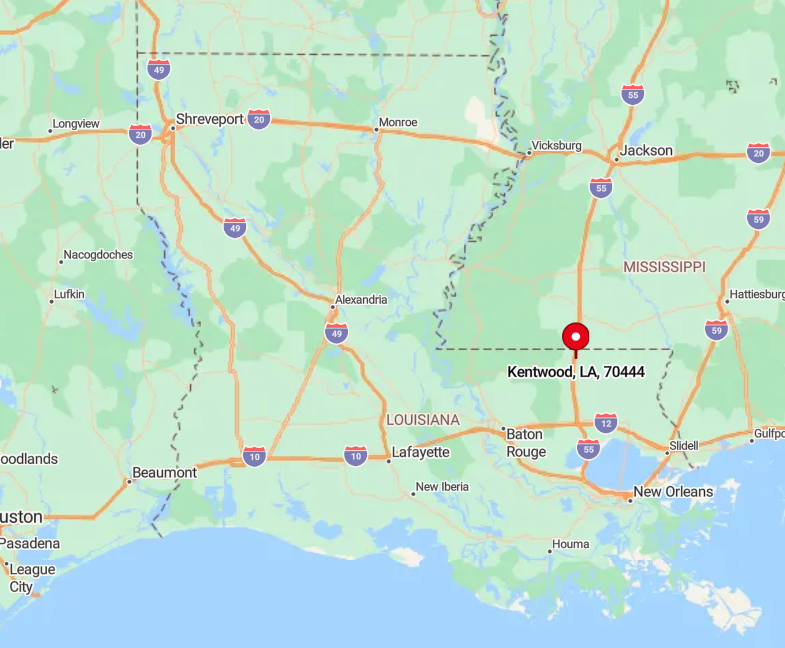
Located in Tangipahoa Parish near the Mississippi border, Kentwood is easily accessible via Interstate 55 yet retains a secluded feel. The town’s position away from larger cities means less traffic and noise, enhancing its peaceful environment.
When heading there, I take the serene country roads that lead through farmland and forests, reinforcing the sense of escape from the everyday hustle. Kentwood’s blend of accessibility and solitude makes it a unique retreat.
5. Angie: Rustic Charm in a Forested Enclave
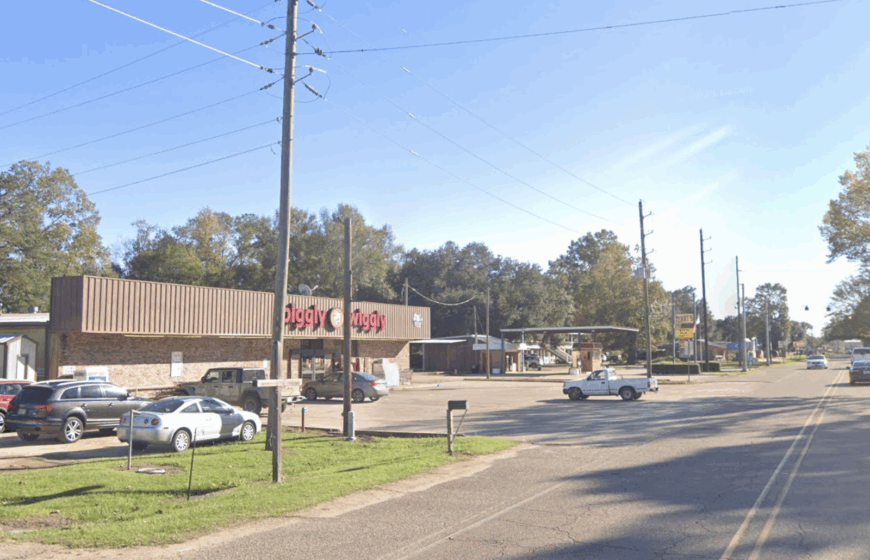
Angie is a small village with around 250 residents, and it’s one of those places where I feel instantly connected to nature. Surrounded by vast woodlands, it’s perfect for outdoor enthusiasts interested in hiking, hunting, and exploring the forest.
There isn’t a dominant industry, but logging and small-scale farming are common among locals. Angie’s sparse population and dense forests provide a tranquil, secluded lifestyle that’s hard to find elsewhere.
Where is Angie?
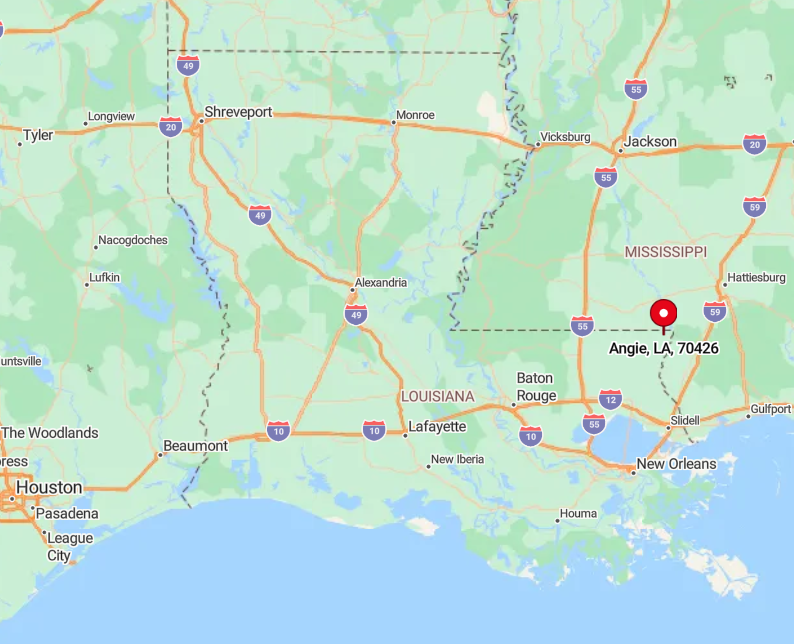
Situated in Washington Parish near the Mississippi state line, Angie lies along Louisiana Highway 21. Its remote location amongst extensive woodlands enhances its seclusion.
I usually reach Angie by driving through scenic routes flanked by towering trees and minimal traffic. The journey itself emphasizes the village’s isolation, and upon arrival, the serenity of the forested enclave is immediately soothing.
4. Slaughter: A Peaceful Haven Far from the Hustle
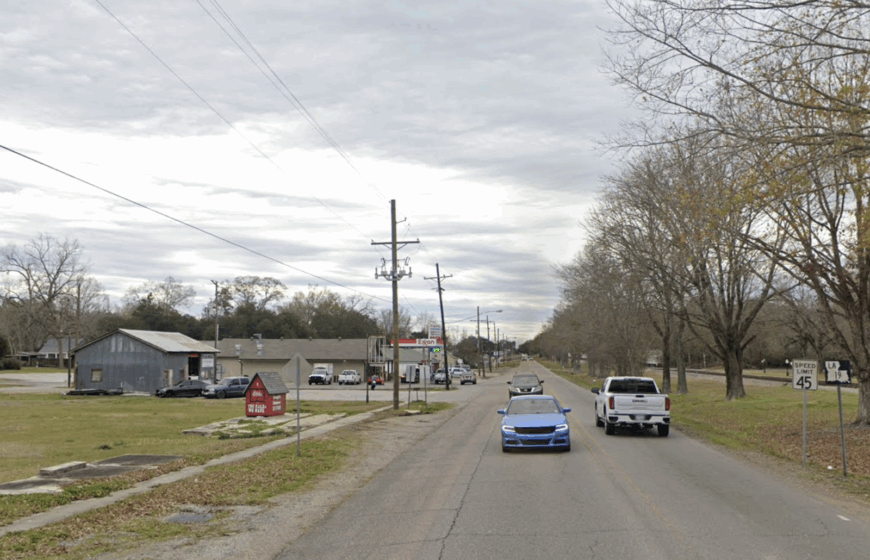
With a modest population of around 1,000, Slaughter offers a peaceful retreat from the bustle of city life. I enjoy the quiet streets lined with charming homes and the absence of commercial overload.
The town doesn’t focus on any major industry, allowing small businesses and community services to thrive. Slaughter’s large lot sizes and location away from urban centers provide residents with privacy and a sense of space that I find incredibly liberating.
Where is Slaughter?
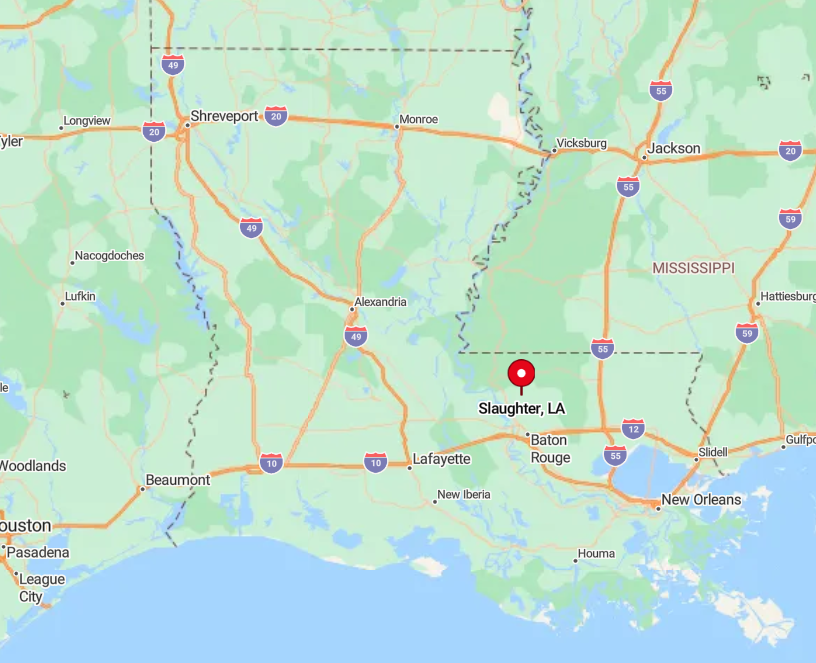
Located in East Feliciana Parish, north of Baton Rouge, Slaughter is accessible via Highway 19 yet feels tucked away from mainstream traffic. The surrounding rural areas and lack of nearby cities enhance its secluded atmosphere.
When I travel to Slaughter, the transition from highways to country roads marks the passage into a quieter world. The town’s position makes it an ideal spot for anyone seeking a peaceful environment without being too far off the grid.
3. Wilson: Quiet Living in a Town Wrapped in Woodlands
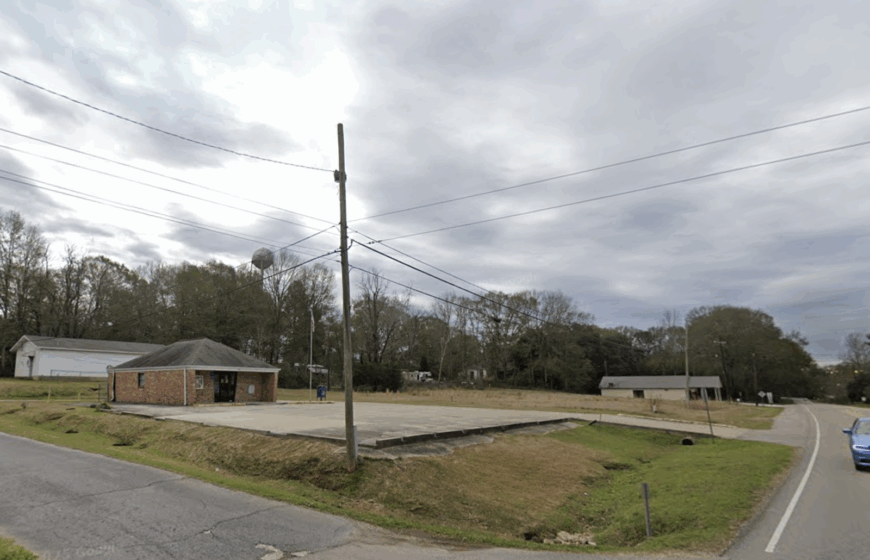
Wilson is a tiny town with a population hovering around 500, and it’s encircled by dense forests that I find perfect for nature walks and meditation.
There aren’t many businesses, and the local economy is modest, focusing on community services and small enterprises. The low population density and abundant woodlands contribute to a peaceful, secluded community where life moves at a gentler pace.
Where is Wilson?
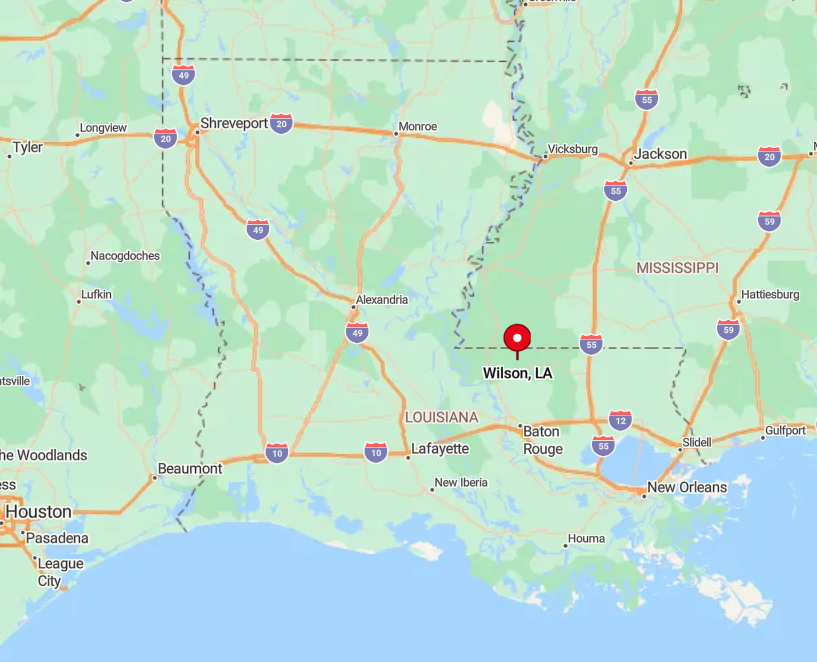
Situated in East Feliciana Parish, Wilson lies northeast of Baton Rouge and is accessible via Highway 19. The town’s remote location amidst forests enhances its sense of seclusion.
I often take the scenic drive through wooded areas to reach Wilson, enjoying the gradual immersion into nature. The tranquility of the surroundings makes Wilson a perfect getaway for those looking to unwind.
2. Ethel: Tranquil Countryside Living Amongst Oak Trees
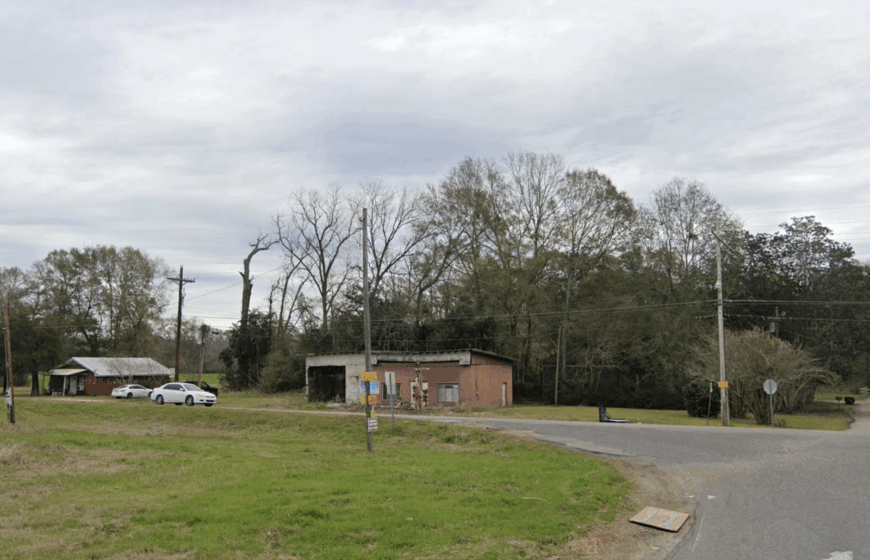
Ethel, an unincorporated community with a scattered population, offers spacious acre-plus properties that I find ideal for a private retreat. The area is dotted with beautiful oak trees and rolling fields, making it perfect for horseback riding and picnics.
There isn’t a central industry, but agriculture and local artisans contribute to the community. Ethel’s serene environment and lack of commercial development provide a secluded atmosphere that’s hard to resist.
Where is Ethel?
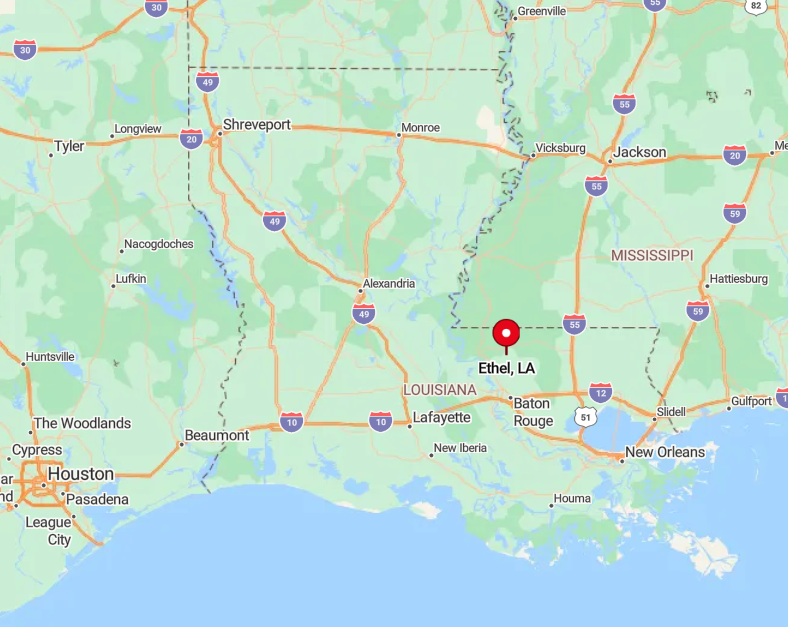
Located in East Feliciana Parish, north of Zachary, Ethel is accessible via Highway 19 and feels delightfully removed from city life. The town’s seclusion is due in part to its unincorporated status and the surrounding rural landscapes.
When I head to Ethel, the journey through quiet country roads helps me leave the noise of urban areas behind. It’s a place where I can truly disconnect and enjoy the simple pleasures of the countryside.
1. Folsom: A Hidden Gem Nestled Amidst Rolling Hills
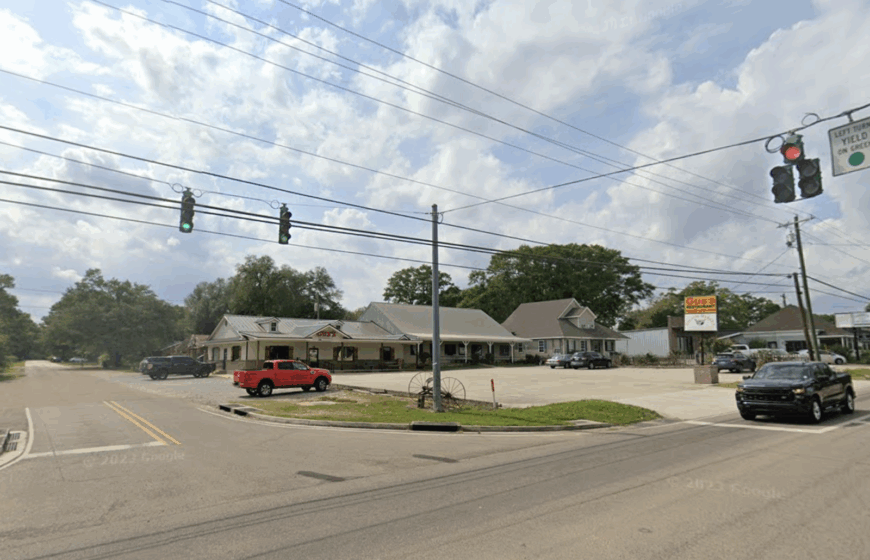
Folsom tops my list with its charming population of around 800 residents and picturesque setting. Nestled amidst rolling hills, the town is a haven for equestrian enthusiasts like me, with numerous horse farms and riding trails.
Agriculture, particularly horse breeding and nurseries, plays a significant role in the local economy. Folsom’s rural charm and expansive landscapes offer a peaceful escape from urban life, making it the perfect secluded retreat.
Where is Folsom?
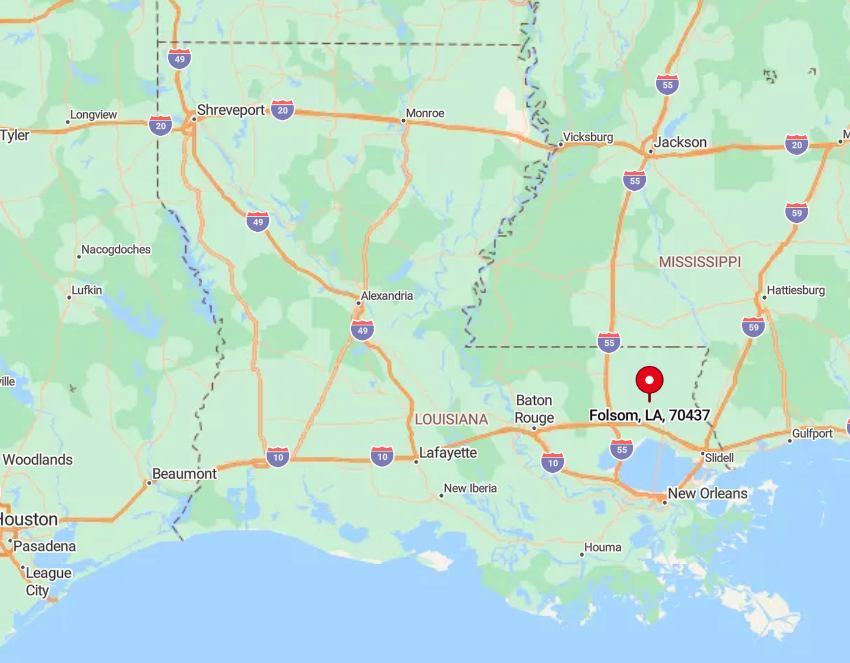
Situated in St. Tammany Parish, northwest of Covington, Folsom is accessible via Highway 25 yet maintains a hidden-away feel. The rolling hills and dense forests surrounding the town enhance its seclusion.
I often find the drive into Folsom therapeutic, as the scenery transitions from suburban to rural landscapes. The town’s location allows me to indulge in the tranquility of nature without straying too far from modern conveniences.

